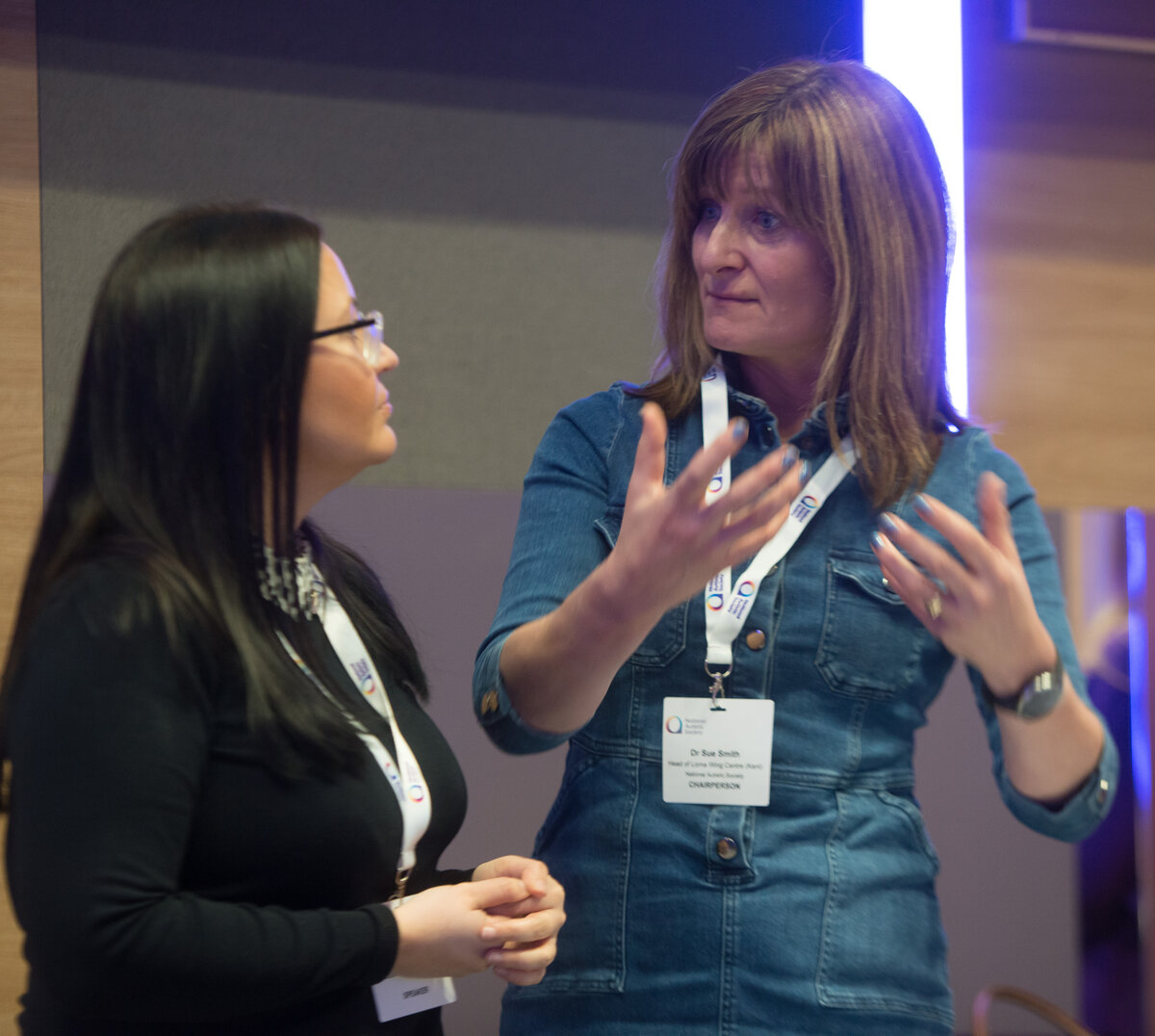Self-stigma among carers of autistic people
Published on 21 March 2016
Author: Dr Chris Papadopoulos
Dr Chris Papadopoulos, Senior Lecturer in Public Health at the University of Bedfordshire examines the nature and impact of self-stigma among parents/carers of autistic people.
Chris has created the London Autism Research Advisory Group, consisting of over 30 autistic people and parents/carers who use their experiences and perspective to provide feedback to research studies.
The importance and power of self-stigma among parents/carers (defined as caregivers in this article) is a psychological phenomenon that is not clearly understood and is often overlooked. This may be because the stigma spotlight has traditionally, with good reason, shined most strongly upon the issue of ‘public stigma’ and far less on other forms of stigma.
But it is important to understand and recognise that where public stigma exists (such as in the case of autism), the potential for self-stigma to manifest will also exist. And when/if self-stigma manifests among caregivers, the research evidence compellingly points to a wide range of complex and dangerous set of outcomes including, most worryingly, the care-giving role itself becoming compromised.
Given that caregivers are critical for the wellbeing of people with autism, the entire autism health and social care community, including service providers and policy makers, need to take careful consideration of the self-stigma phenomenon.
What is self-stigma?
Also referred to as ‘internalised stigma’ or ‘affiliate stigma’, self-stigma among autism caregivers is the phenomenon by which the public’s negative stereotypes towards both individuals with autism and, crucially, their caregivers, subsequently become accepted by caregivers and incorporated within their own psychological identity.
According to Corrigan et al (2009), there are three main stages involved in the manifestation of self-stigma:
- awareness of the stereotype
- agreement with it
- applying it one’s self
This is one of the reasons why stamping out public stigma is so important, since self-stigma is less likely to occur if public stigma is minimised. In the case of self-stigma among caregivers, the need for eliminating the public’s stigmatising views of caregivers (a phenomenon referred to as ‘courtesy stigma’, ‘associative stigma’, or ‘stigma by association’) is particularly crucial in putting a halt on self-stigma.
Unfortunately a growing body of rigorous research evidence (Gray 1993, 2002; Ali et al 2012; Kinnear et al 2015), has found that autism-related public stigma and associative stigma remains commonplace across a wide range of social settings. Milacic-Vildojevic et al’s (2012) study of autism courtesy stigma associated with caregivers of autism, for example, has highlighted how this can take the shape of:
- blaming caregivers for the onset of autism
- an expectation that they should be ashamed
- that they are incompetent in performing their caregiving role
- that they should be avoided and pitied
Consequences of self-stigma
When self-stigma does occur, the consequences (to name a few) are significant:
- increased feelings of self-blame
- reduced self-efficacy, self-esteem, empowerment
- and importantly, poorer psychological well-being (Mak and Kwok, 2010; Ali et al, 2012; Werner and Shulman, 2013, 2015; Kinnear et al 2015)
We know that when caregivers’ psychological wellbeing and mental health are compromised, harmful types of behavioural outcomes will likely follow which can impact upon the quality of life of the family unit.
This includes what Corrigan et al (2009) refer to as the ‘why try’ effect (reduced motivation towards achieving one’s life goals) that could impact upon accessing services, concealment of their situation from others, and withdrawal from social relations and events (Mak and Cheung, 2008). These can lead to further emotional loneliness and social isolation. Therefore, it is clear that when self-stigma occurs it can severely damage caregiver psychological well-being, quality of life and, ultimately, the health and wellbeing of the individual being cared for.
Tackling self-stigma
There are a number of strategies the autism community could implement that should help to reduce the likelihood of self-stigma from occurring and mitigating against its harms. This includes improving professionals’ ability to identify when there is a real risk of self-stigma developing, and when it has already occurred.
This can be achieved through increasing professionals’ understanding and awareness of the phenomenon and its risk factors, such as being exposed to public stigma and being vulnerable to the agreement and acceptance of negative stereotypes.
A group particularly vulnerable to self-stigma are new caregivers. They are vulnerable because this may be the first time they have encountered autism, at least on a personal and significant level. Therefore they may be less likely to understand autism (and the value of the caregiving role). They may also be psychologically vulnerable due to the shock of a diagnosis that they were unprepared for.
Another strategy is to put in place a ‘stigma-protecting’ intervention for caregivers vulnerable to self-stigma, including caregivers with a newly diagnosed child. This strategy has been shown to mitigate self-stigma (and related negative outcomes) amongst people experiencing mental health conditions (Yanos et al, 2015).
The development of such an intervention for caregivers of young children newly diagnosed with autism, is the central objective of an upcoming study that I will be leading with my colleagues at the Institute for Health Research at the University of Bedfordshire. We will harness current theoretical and empirical evidence associated with self-stigma, and existing interventions among people suffering from mental health problems, to produce what we hope will be a ground-breaking intervention that is acceptable, feasible, safe, and, ultimately, effective in reducing self-stigma and boosting psychological wellbeing.













